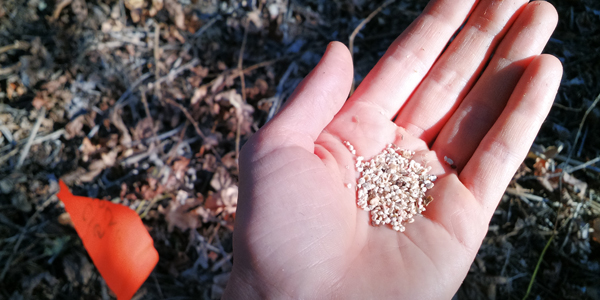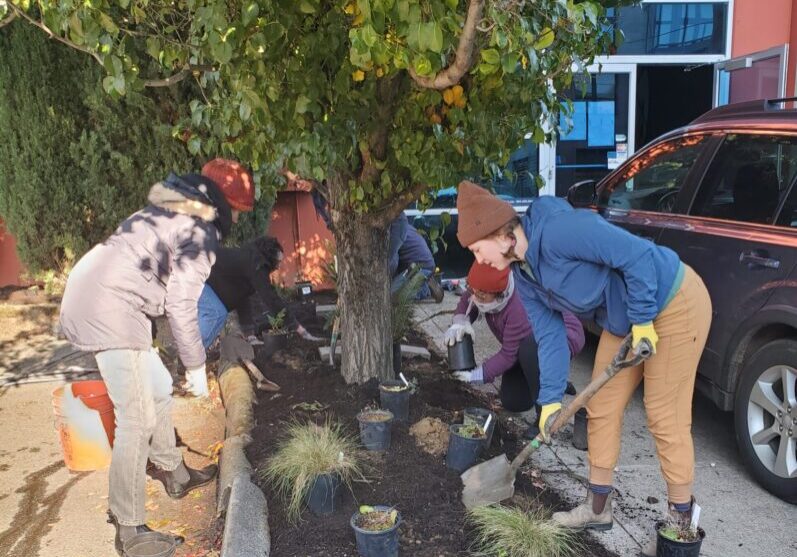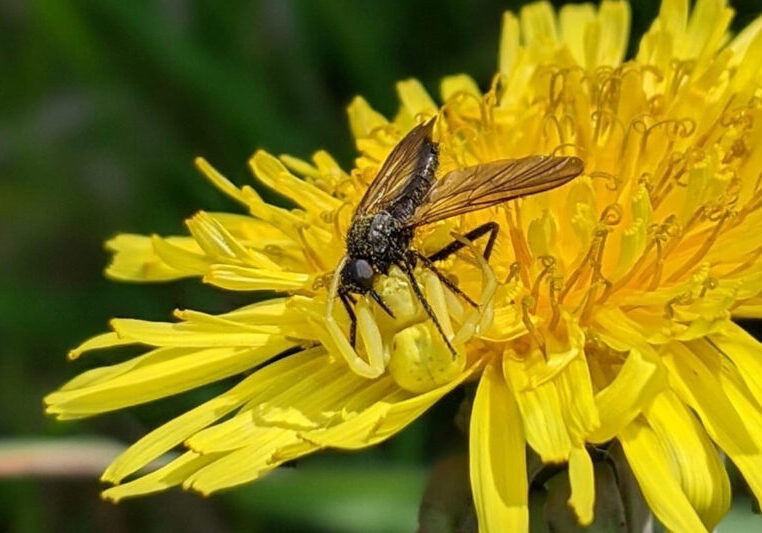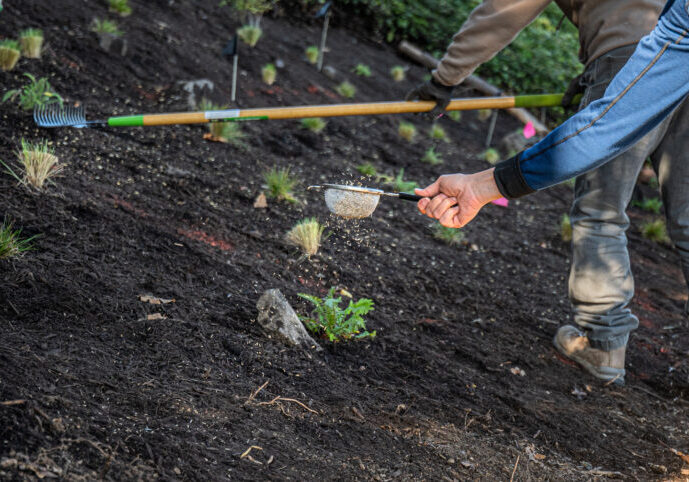Two of our conservation staff – Michael Ahr, Forest Conservationist, and Laura Taylor, Conservationist and Education Coordinator – are in the second year of a forest understoryUnderstory The area under and around trees seeding pilot project that kicked off in September of 2017. We are working on trial sites with eight landowners in the Tualatin Watershed to look at the effectiveness of establishing native understory plants from seed. We hope to learn which species perform best, which species are suited to certain growing conditions, and if so, what are those conditions.
Biodiversity is important for wildlife habitat and ecosystem health, and native plants are under constant pressure from invasive plant species like ivy (Hedera species), garlic mustard (Alliaria petiolata), and invasive geraniums. And in cases where we have helped remove invasive plants from forest understory, we want to be sure to replace them with native plants. Planting from seed offers a number of benefits over planting seedlings. It would be less labor intensive, seeds more quickly replace the herbaceous layer of the forest compared to seedlings or shrub plantings that would grow into a much different forest layer, and finally with seeding, we have a better chance of not introducing new pests that might come along with soil from a nursery.
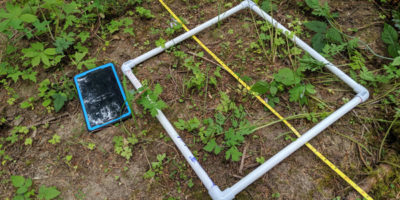
So far, establishing native understory plants from seed appears to be working, especially on test plots where the ground was cleared of dead leaves and sticks. Of course, raking the forest is not a realistic activity nor recommended on a large scale as it disturbs soil structure and wildlife — salamanders, newts, insects, and other macro invertebrates in particular. However raking small patches would be helpful for germinating seeds. Landowners looking to establish native seed plots can cast seed into areas where bare soil is already exposed, or consider raking 3-foot by 3-foot areas here and there to create pockets of native understory that would hopefully spread.
The pilot will continue through September 2020 and beyond. We hope to learn which seeds are the most successful, so we can incorporate use of those seeds into future forest restoration projects, and eventually also find a source for seeds. Many of the seeds used in the pilot are very difficult to find commercially, so another long term goal will be to encourage nurseries to cultivate more of the desired native species for seed collection.
This project is funded by a Conservation Innovation Grant of the USDA Natural Resources Conservation Service. Learn more about the project in this presentation.
